Industry information
Company News
- Aluminum veneer curtain wall: the fashionable coat of modern architecture
- Aluminum veneer curtain wall: the fashionable coat of modern architecture
- Aluminum veneer curtain wall: the fashionable coat of modern architecture
- Hyperbolic aluminum veneer: the new darling of architectural aesthetics
- Detailed explanation of the manufacturing process and process flow of aluminum veneer
Industry dynamics
- Fine carving showcases the beauty of curtain wall aluminum veneer art
- Exploring the application of 1.5mm aluminum veneer in architectural decoration
- Can aluminum veneer adapt to various climatic conditions?
- Aluminum veneer curtain wall, the "skin" art of modern architecture
- Fluorocarbon spraying process for 2.5mm aluminum veneer
Frequently asked questions
- What are the types of aluminum veneer?
- How to apply aluminum veneer in construction and interior decoration?
- What are the advantages and disadvantages of aluminum veneer compared to other metal materials?
- What are the applications of aluminum veneer in the construction industry?
- What are the applications of aluminum veneer in the interior decoration industry and how can they be improved?
contact us
Mobile:+86 15627778610
Email: 2201229786
Address: No. 5 Binjiang Road, High tech Zone, Zhaoqing City, Guangdong Province
Energy saving and environmental performance and advantages of aluminum veneer
- Author: Lesilong Technology (Guangdong) Co., Ltd
- Release time: 2022-03-09 19:59:59
- Click:0
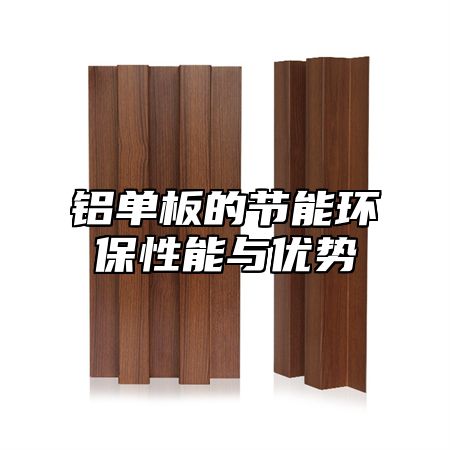
Aluminum veneerIt is a lightweight, high-strength building material with excellent energy-saving and environmental protection performance and numerous advantages. This article will provide a detailed introduction to the energy-saving and environmentally friendly performance and advantages of aluminum veneer.
1、 Energy saving and environmental performance
1. Low energy consumption
The main material of aluminum veneer is aluminum alloy, which is a lightweight, high-strength, corrosion-resistant, and recyclable metal material. Compared to traditional building materials, aluminum veneer has lower energy consumption and longer service life, thus having significant advantages in energy consumption of buildings.
1. Low VOC emissions
During the production process, the surface treatment technology of aluminum veneer can reduce the emission of harmful gases, thereby reducing its impact on the environment. Aluminum veneer itself does not contain harmful substances and will not pose a threat to human health.
2、 Advantages
1. Lightweight
Aluminum veneer has a lower density and lighter weight, which can reduce the self weight of buildings and lower their foundation requirements and costs. Aluminum veneer can also reduce energy consumption and carbon emissions during transportation and construction processes.
1. Good corrosion resistance
Aluminum veneer has good corrosion resistance and can maintain stable performance in various harsh environments. This makes aluminum veneer an ideal building material, suitable for special environments such as coastal areas and wetlands.
1. Recyclable and reusable
The main material of aluminum veneer is aluminum alloy, which is a recyclable metal material. Compared with other building materials, the production process of aluminum veneer is more environmentally friendly and provides better opportunities for resource recycling.
3、 Precautions
When selecting aluminum veneer, factors such as material, thickness, and color should be considered to meet design requirements and usage environment requirements.
During the construction process, attention should be paid to the installation and fixing methods of aluminum veneer to ensure its stability and safety.
Aluminum veneer, as a lightweight, high-strength, corrosion-resistant, and recyclable building material, has excellent energy-saving and environmental performance as well as numerous advantages. By adopting advanced production processes and technological means, its advantages can be better utilized to promote the sustainable development of the construction industry.

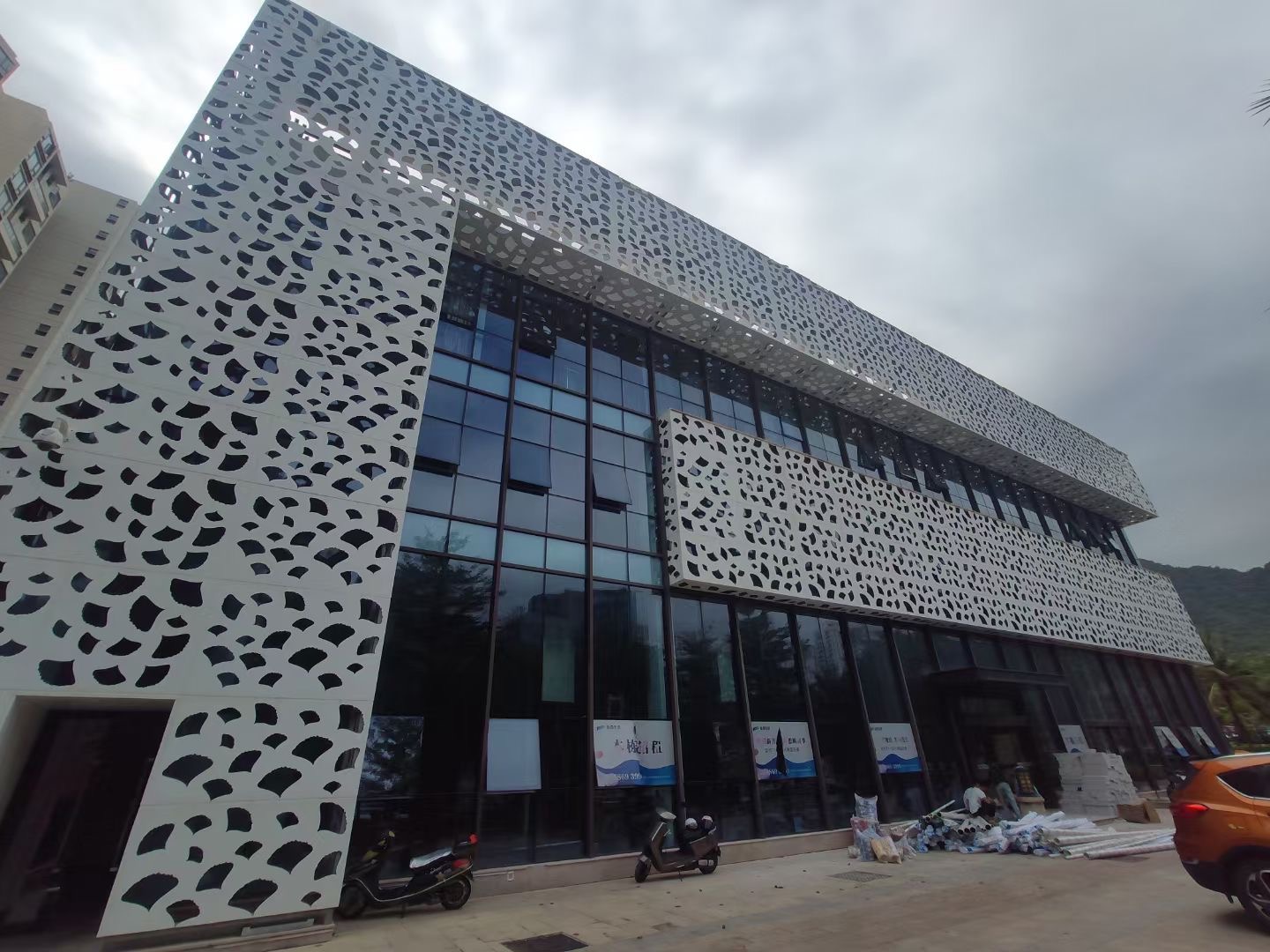
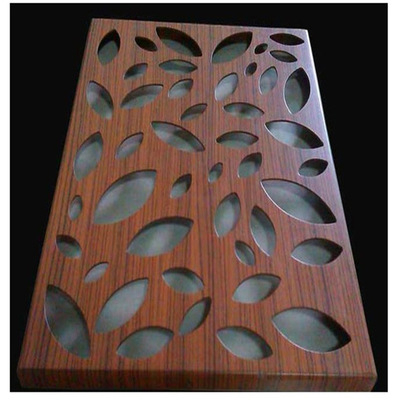
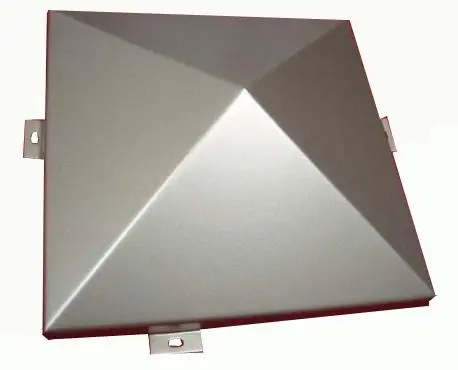

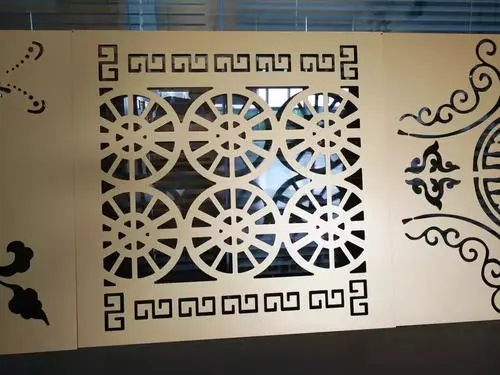
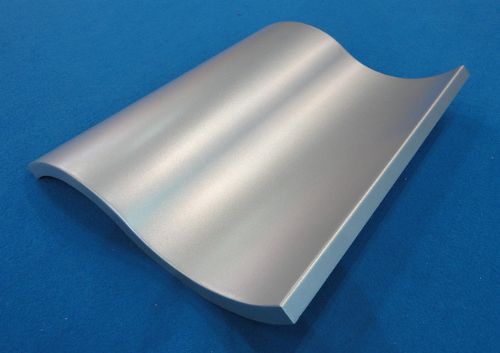
 Customer service QQ
Customer service QQ